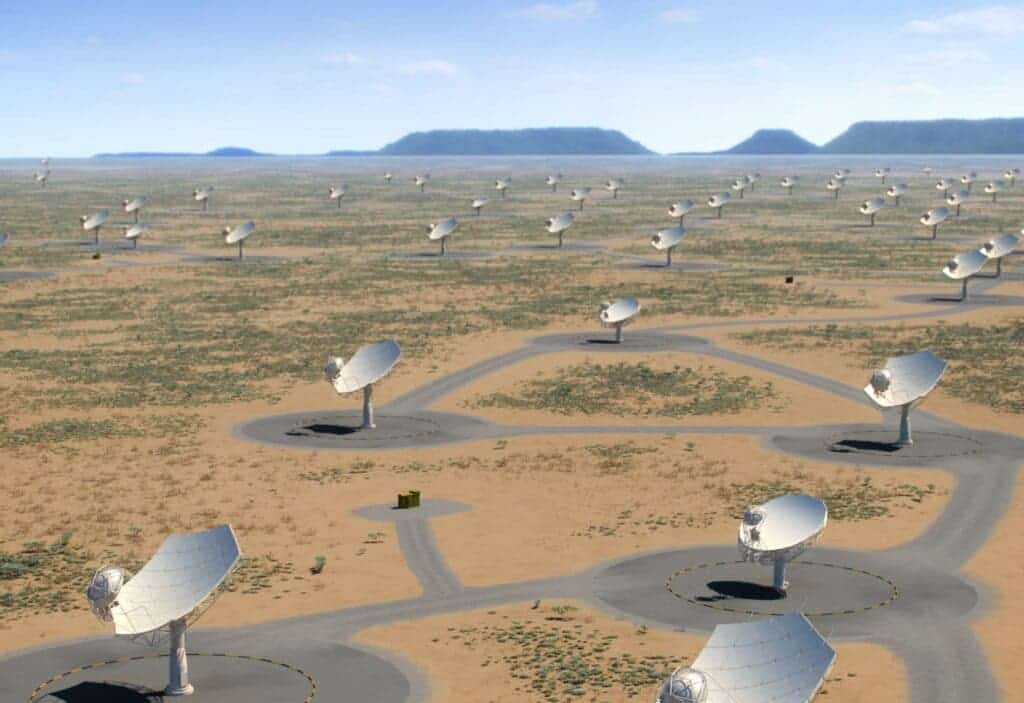It’s one of the greatest scientific projects of the century and it just got the official green light. The Square Kilometre Array Observatory (SKAO) will be the largest and most complex radio telescope network in the world, with an estimated of cost $2.2 billion. Once built, it will offer us an unprecedented view of the universe.

The building initiative has 14 member countries and around 100 organizations spread across about 20 countries, all of which had their first meeting which was done online because of the coronavirus pandemic. SKAO has been discussed for over 30 years so the fact that it’s finally moving forward is a big deal, and not just for astronomers.
The telescope will have unprecedented sensitivity and it will pick up any extra-terrestrial transmissions. This could help astronomers answer important questions, from whether we are alone in the universe to what’s dark energy, an unknown form of energy that appears to be driving the cosmos apart at an accelerating rate
“Today marks the birth of a new observatory,” Phil Diamond, appointed first Director-General of SKAO, said in a statement. “And not just any observatory – this is one of the mega-science facilities of the 21st century. It is the culmination of many years of work. This is about participating in one of the great scientific adventures of the coming decades.”
At their first meeting, SKAO’s council approved a whole series of policies, regulations, and procedures that will make the observatory real — the boring, but very important things. But the key step is actually building the actual telescope. Member countries hope to send invitations to tender to the industry from July onwards, with the entire construction expected to be finished in about a decade.
The project is so astonishing in scope that it includes setting up radio receivers in two continents, far away from any machine that emits radio waves. One location will be the Karoo in South Africa’s Northern Cape, where 197 parabolic radio antennae, or dishes, will be built. The South African Radio Astronomy Observatory (SARAO) has already built 64 of them.
The other part of the project will be located in the Western Australian outback at Murchison. An impressive two meters tall low-frequency aperture array telescopes will be built there. Alongside the dishes in South Africa, this will create a collecting area spanning across two continents that allow the detection of very faint radio signals.
Blade Nzimande, Minister of Higher Education, Science & Innovation of South Africa, a member of SKAO, said in a statement: “The SKA project will act as a catalyst for science, technology and engineering innovation, providing commercial opportunities to local high-tech industry, and creating the potential to put Africa on the map as a global science and innovation partner.”
The council meeting that kicked off the project was led by the countries that have ratified the SKA treaty. These are Australia and South Africa, as the telescope’s host nations; Italy, the Netherlands, Portugal; and the United Kingdom, which is where the organization has its headquarters at the Jodrell Bank radio observatory. Other countries joined the meeting as observers.
The financing for the project is coming from all the member countries. They estimate construction and operation will consume about $2.4 billion over the next decade. It will be by far the largest radio telescope array ever constructed, with a total collecting area of well over one square kilometer. We’ll have to wait a few years to see it, but the results could be quite significant.









